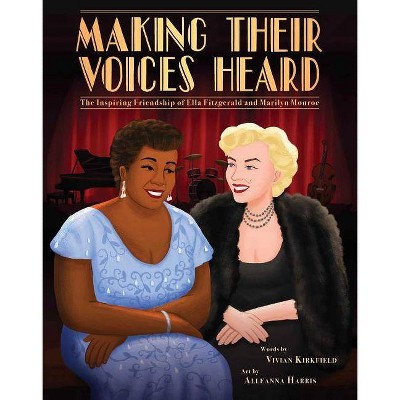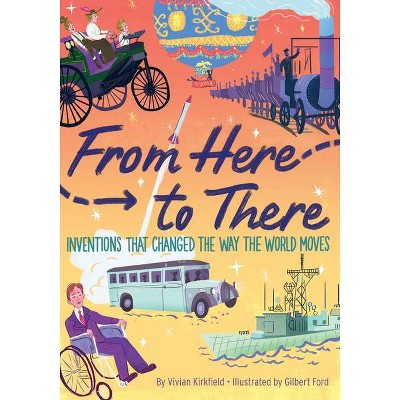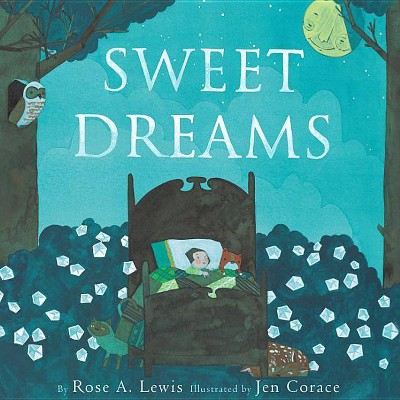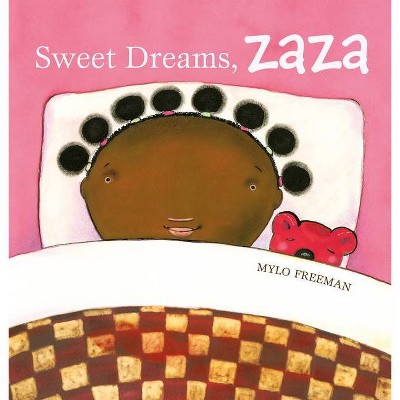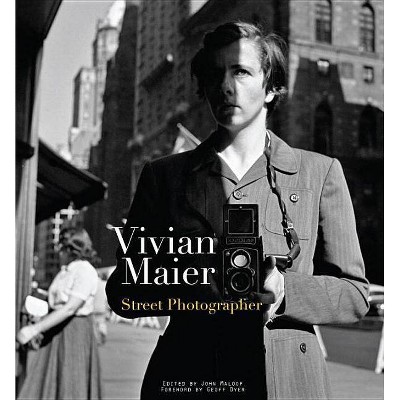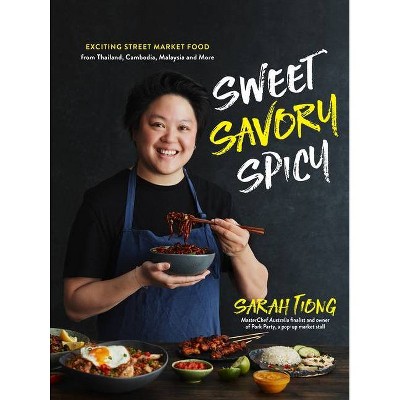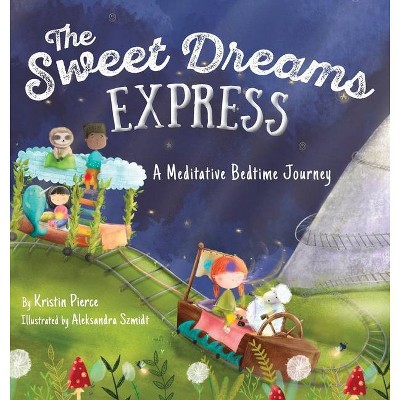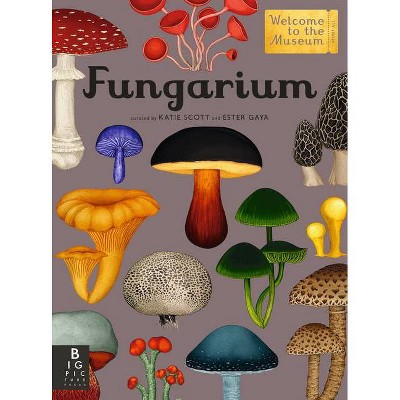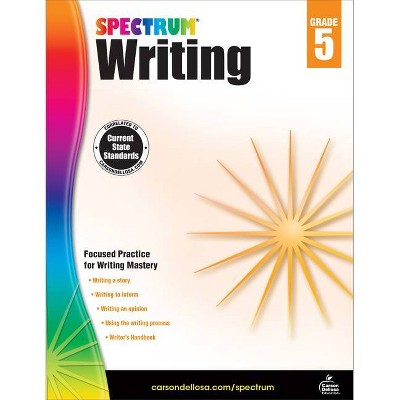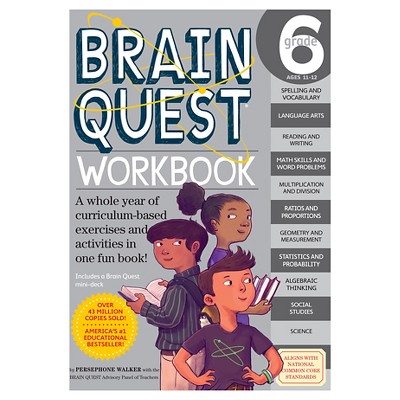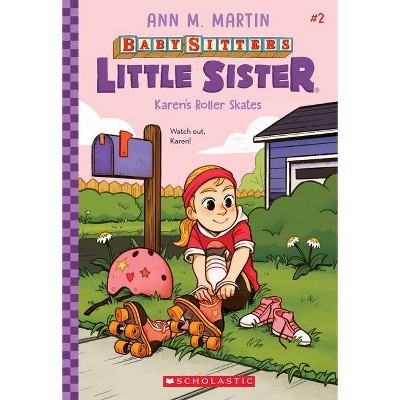Sweet Dreams, Sarah - by Vivian Kirkfield (Hardcover)

Similar Products
Products of same category from the store
AllProduct info
<p/><br></br><p><b> About the Book </b></p></br></br>Working in her furniture store, Sarah E. Goode recognized a need for a multi-use bed and through hard work, ingenuity, and determination, invented her unique cupboard bed. As the first African-American woman to get a U.S. patent, she built a life far away from slavery--a life where her sweet dreams could come true. Full color. 1/4.<p/><br></br><p><b> Book Synopsis </b></p></br></br><p>Sarah E. Goode was one of the first African-American women to get a US patent. Working in her furniture store, she recognized a need for a multi-use bed and through hard work, ingenuity, and determination, invented her unique cupboard bed. She built more than a piece of furniture. She built a life far away from slavery, a life where her sweet dreams could come true.</p><p/><br></br><p><b> Review Quotes </b></p></br></br><br><p>Readers meet a forward-thinking woman whose name ought to be widely known but isn't. Sarah E. Goode was born a slave, the daughter of a skilled free carpenter who 'could build anything.' Sarah acquired her father's woodcraft skills, and, after emancipation, she moved to Chicago, met and married African-American stair builder Archibald Goode, started a family, and realized her dream of owning her own furniture store. Working alongside Archibald, she fashioned a piece of furniture that would make efficient use of space for her customers whose big families were crammed into small living quarters. A desk by day, Sarah's cabinet bed unfolded into a bed at night. Her first attempt to secure a patent failed because others had already patented components of her design, but with some legal help and revisions to her application, she received the patent for her cabinet bed in 1885, becoming the first African-American woman to be granted a patent. The succinctness with which Kirkfield tells this story emphasizes Goode's drive to succeed despite obstacles. The illustrations, which have a smooth, digital patina, show her strength and resolve to build something that was both aesthetically pleasing and functional. The presence of her children also suggests that she passed her skills on to them. An author's note provides further historical context and explains a patent. <strong>Sarah Goode: a name well worth knowing and celebrating.</strong>--<em>Kirkus Reviews</em></p>-- "Journal" (1/30/2019 12:00:00 AM)<br><br><p>Sarah E. Goode isn't a well-known name, but she is worthy of attention. Originally enslaved, Goode moved to Chicago after the abolition of slavery and started a furniture store. She considered how to meet the needs of her poorer customers who didn't have a lot of space for fancy furniture. Already a businesswoman, she was ready to add inventor to her list of accomplishments. Creating a desk that folded out into a bed didn't come easily, but Goode was determined to succeed. She knew she had a worthwhile product and was ready to make it her own. Unfortunately, her patent was rejected. Not one to relinquish her dreams, she kept working on her invention until she was finally awarded Patent #322,177, becoming one of the first African American women to be awarded a U.S. patent. Rich back matter provides the opportunity for further study and discussion. A time line of Goode's life shows that the book required tremendous research, with data gathered from various census records and even newspaper advertisements. A time line of other African American female patent holders includes women such as Mary Anderson (who received a patent for windshield wipers in 1903) and Madeline Turner (who received a patent for a fruit press in 1905). VERDICT <strong>A great addition to biography and history collections, this title offers a fascinating glimpse into the life of a little-known trailblazer.</strong>--<em>School Library Journal</em></p>-- "Journal" (3/28/2019 12:00:00 AM)<br><br><p>Sarah E. Goode, who was among the first African-American women to receive a patent, began her life as an enslaved person: 'Before the Civil War, Sarah obeyed her owner. Hurry up. Eyes down. Don't speak.' Following the Emancipation Proclamation, Goode moves to Chicago, where she marries a stair builder, has children, and opens a furniture store. Necessity is the mother of invention: when families approach her seeking furniture for small spaces, Goode conceives 'a new kind of bed that folded up when it wasn't being used, ' Kirkfield writes. <strong>After designing and building a successful prototype--a bed that folds into a cabinet--Goode faces another hurdle: seeking a patent approval as a woman of color, a feat she achieves.</strong> Ewald illustrates the story's people and objects elegantly using shadow and light. Kirkfield's back matter offers a timeline and additional biographical information on this tenacious, innovative inventor. Ages 8-9.--<em>Publishers Weekly</em></p>-- "Journal" (5/6/2019 12:00:00 AM)<br><p/><br></br><p><b> About the Author </b></p></br></br><b>Vivian Kirkfield</b>: Vivian Kirkfield has a master's degree in Early Childhood Education and taught kindergarten in New York City. Sweet Dreams, Sarah is her first picture book. For more information about her, go to viviankirkfield.com <p/><b>Chris Ewald</b>: Chris Ewald studied art at the Virginia Commonwealth University in Richmond. He works on digital games and animation which is showcased on his website, chrisewald.carbonmade.com.<br>
Price History
Cheapest price in the interval: 12.59 on November 6, 2021
Most expensive price in the interval: 12.59 on February 4, 2022
Price Archive shows prices from various stores, lets you see history and find the cheapest. There is no actual sale on the website. For all support, inquiry and suggestion messages communication@pricearchive.us
